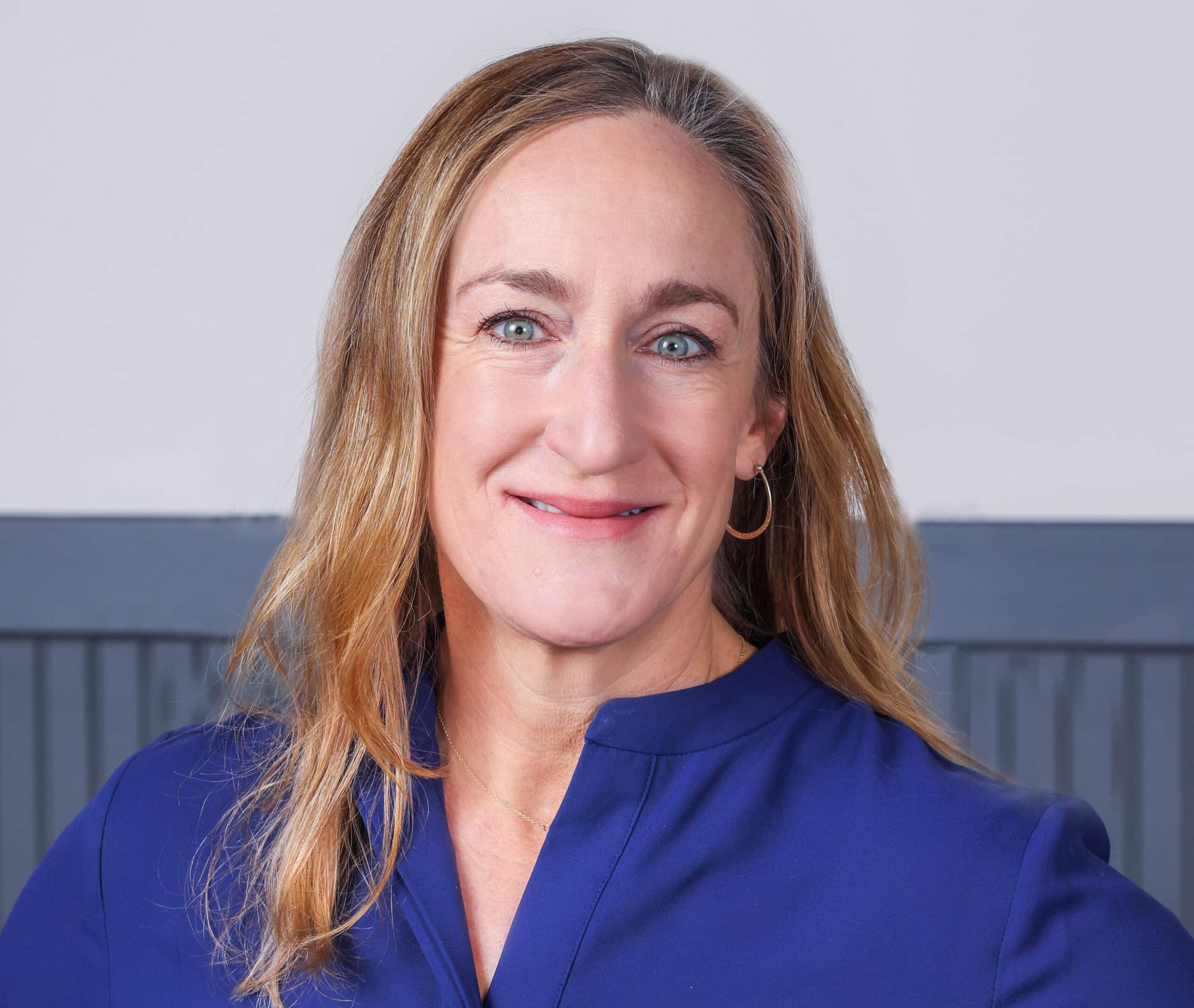What you’ll learn below:
- Why it’s time to update your innovation investment decision framework.
- How to translate decarbonization aspiration into an actionable investment framework.
- What to revisit as you build off your successes and challenges thus far.
Intro
Even oil and gas companies with coherent strategies for investing in innovation struggle to execute those strategies. So, let’s take on the questions execution of these strategies raises: How do I discern between all the start-ups and coalitions brought to my attention? How much is the right amount to invest in each venture? In total? Should our company take on an operating role in pilots and projects?
In a previous edition, I looked at how you and your company can navigate the twin forces of growing ESG expectations versus barbed, anti-ESG backlash. Today, I’m building off my advice last week: claim the high ground with a sustainability strategy grounded in clear principles tied to your business objectives. Read on to learn how your company can create guard rails and guidelines for an innovation investment strategy that is both unique and authentic.
Both of these things are true:
- Stakeholders want to see oil and gas companies make meaningful investments in sustainability, ESG, and decarbonization.
- The overwhelming plethora of investment options leaves many energy companies without a coherent, responsive investment framework.
The situation
If you listen carefully to my podcast conversation with Pierce Norton (president and CEO of ONEOK), you’ll hear that when he referred to “the art of the possible,” I heard “the arc of the possible.” That’s because at Adamantine we are spending our days building out next-step guidance for companies who are optimizing their real sustainability (ESG + community engagement + decarbonization) strategy. “The arc of the possible” perfectly fits a real sustainability strategy, mapping out the customized, discerning steps of how companies translate their aspiration into actionable plans.
“The arc of the possible” is the process through which your company builds a stable framework for progress—a framework from which you can address ever-changing conditions to make decisions in a flexible way. Today we apply this “arc of the possible” framing to address one of the most challenging aspects of real sustainability planning: what, where, why, and how to invest in innovation.
If you’re just getting started investing in innovation, Chapter 8 of my latest book, Real Decarbonization ®, lays out the six steps to developing your framework. If you are well on your way to optimizing your approach, then ONEOK provides a good case study in what’s next. Pierce provides a great example of how an energy company leader conveys a framework that is grounded in his leadership style, the company’s values, and the company’s business strategy.
Oil and gas companies embarking on their real sustainability journey universally face a looming question: Which of the myriad opportunities in front of us do we invest in? These options often include consortia, university programs, venture capital funds, startups, and pilot projects. But for investment in innovation to deliver value to your organization, it must be informed by your company’s drivers, risks, and opportunities.
Here’s what Pierce told me about his innovation investment approach: His main priority is to identify those Real Decarbonization ® opportunities that are central to ONEOK’s core businesses and expertise. That approach—which opportunities are central to our core businesses and expertise—provides a great touchstone as you develop your own framework. Here are the key five strategic considerations that ONEOK uses to drive investment decisions:
- Look at the potential. ONEOK’s team first considers the potential of the idea or technology. Questions such as:
- What can this technology become?
- What can it solve?
- What problem are we trying to solve?
- Seek influence. ONEOK’s team has decided that they don’t want to hold a controlling position in innovation investments because they don’t want to spend their time managing. Instead, they want to influence and be influenced by the investment’s progress.
- Select what’s out of bounds. ONEOK has decided to stayoutside of the research and development process. Although they haven’t completely alienated themselves from R&D, they have picked a lane. Pierce emphasized the importance of partnering with organizations that can use their operations for testing innovations. They also engage their personnel with these organizations to build value for and share insights among both teams.
- Pursue a portfolio. The company seeks out overlapping opportunities to create a “basket” of returns for the company and its investors. They are looking for technological solutions in which the sum will be greater than the individual investments.
- Stay focused. Throughout our conversation, Pierce enumerated lists that convey his approach. By being intentional and disciplined, the ONEOK team can efficiently manage their investments in innovation alongside their ongoing operations. For example, three questions the team asks when evaluating new opportunities:
- Is this technology or idea applicable to us?
- Is the technology or idea applicable to others?
- Do we have the right partners?
Seize the day
Optimizing your company’s sustainability approach requires a refinement of its investment decision framework. Engage your leadership in these steps:
- Red team your original objectives and plans. As you make progress on your sustainability journey, incremental course corrections will be required. Schedule regular red team evaluations to catch when your original ideas do not hold up to changing market forces or on-the-ground results. Have this team scrutinize your original assumptions with an open aperture.
- Refine your guard rails. Companies may find that an academic consortium that was once “out of bounds” is making important progress and should be revisited. Alternatively, the company’s articulated criteria for investments might not provide enough guidance, leaving too many options on the table. With your red team, calibrate your guard rails to ensure the company is attracting and evaluating the right number of opportunities. You’ll know you’re at the right number when you have interesting choices to make but aren’t getting overwhelmed with incoming requests.
- Update the decision-making framework. The process through which your organization makes investment decisions is due for scrutiny as well. In addition to assessing progress against milestones and goals, have the red team query participants for ways to improve the entire process. Signs that tell you it’s time for an adjustment: the need to increase buy-in among key leaders, blind spots to identifying potential pitfalls, and limited participation among key stakeholders, including employees and customers.
Thank you to Anna Kieffer of Adamantine for her help writing this piece. We’ve worked with numerous clients to optimize their ESG, environmental justice, community engagement, and decarbonization strategies to support real sustainability. Want to learn more about how to work with us? Reach out for a consultation. Subscribe to Both True here.
To traveling the arc,
Tisha

